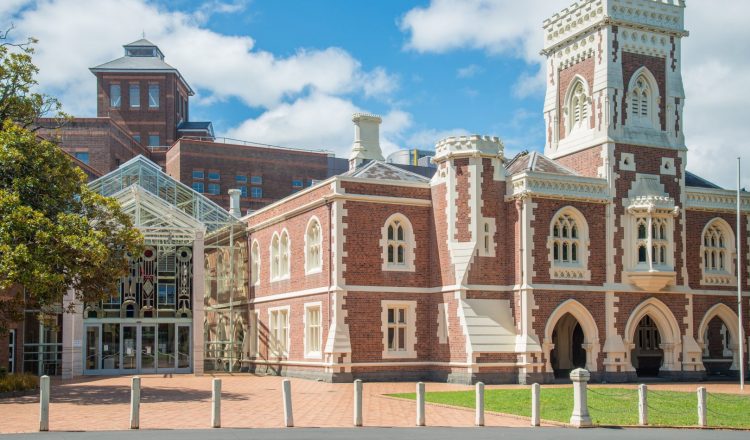法律制度
被认为是世界上最好的法律体系之一,一个强大、独立的法律体系可以保护新西兰人民。由于他们与英国的历史联系,新西兰今天使用的司法和法律方法在许多方面反映了英国的法律体系。一种被称为威斯敏斯特模型的系统,已经使用了数百年。新西兰的法律制度一直被列为世界上最公平、最不腐败的国家之一,使公众体验到的个人自由总体上更高标准。
新西兰法律体系内的一些团体、机构和个人负责监督司法和法律。这些机构合并成三个主要部门,即议会、行政部门和司法部门。这三个分支机构的联合行动是构思、写作和执行新西兰法律的内容。
议会
新西兰议会在惠灵顿举行会议,是世界上运作最悠久的立法机构之一。议会主要由议员 (议员) 组成,他们主要是由公众选举的代表议员的个人。如果这是新西兰人民的意愿,议员们会晤并就拟议的法律进行辩论,最终将它们投票成立。这些新法律被称为法规或法案。
行政人员
行政部门由总督、总理、政府部门和其他重要的内阁部长组成。他们制定政策或提出新的法律想法,然后将这些想法写在所谓的法案上。这些法案是议会辩论的内容,因此在最终成为法律之前,他们可能会看到很多变化。如果这些法律确实成为法律,则行政部门负责向公众提供信息,通常是在报纸或政府网站上发布。
司法机构
最后,当你想到法律和司法时,司法系统可能是这个系统的一部分。他们是在法庭上适用法律的法官和司法官员。然而,他们不只是处理罪犯,因为有许多不同的法律流,例如商业法、家庭法、民法和环境法。司法机构由总督和总检察长任命,作为独立人士行事,负责解释政府制定的法律。他们的独立性至关重要,因为他们的作用是平衡政府的权力和新西兰人民的权利。
有趣的是,尽管新西兰的君主伊丽莎白二世女王与新西兰的法律制度没有直接关系,但她必须在将所有法案制定成为法律之前将所有法案交给皇家同意。就新西兰而言,总督代表女王给予皇家同意,经过如此严格的辩论和投票,这只是一种形式。

















































